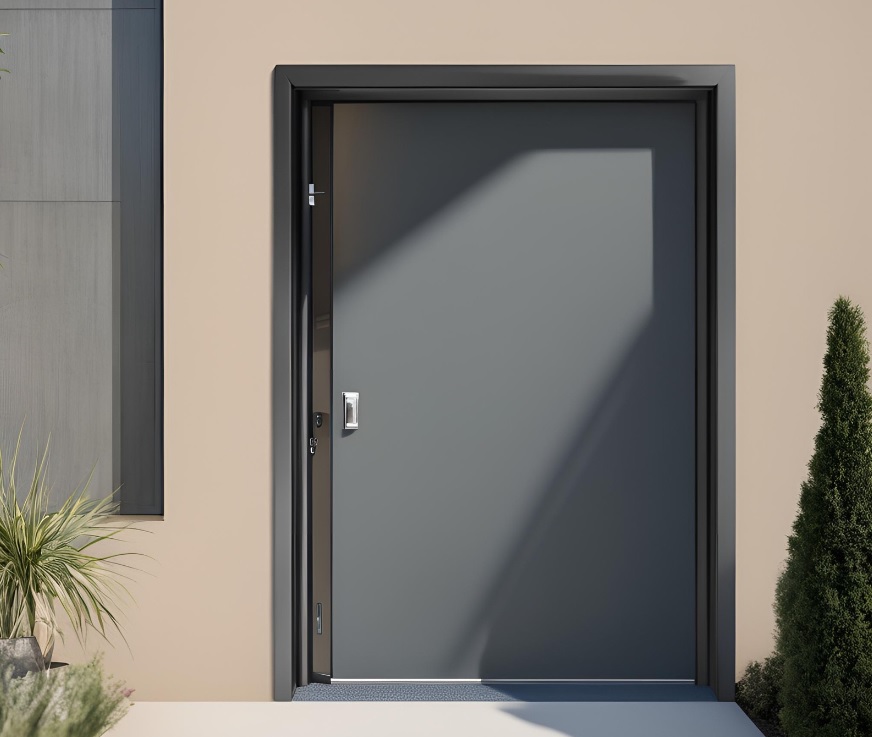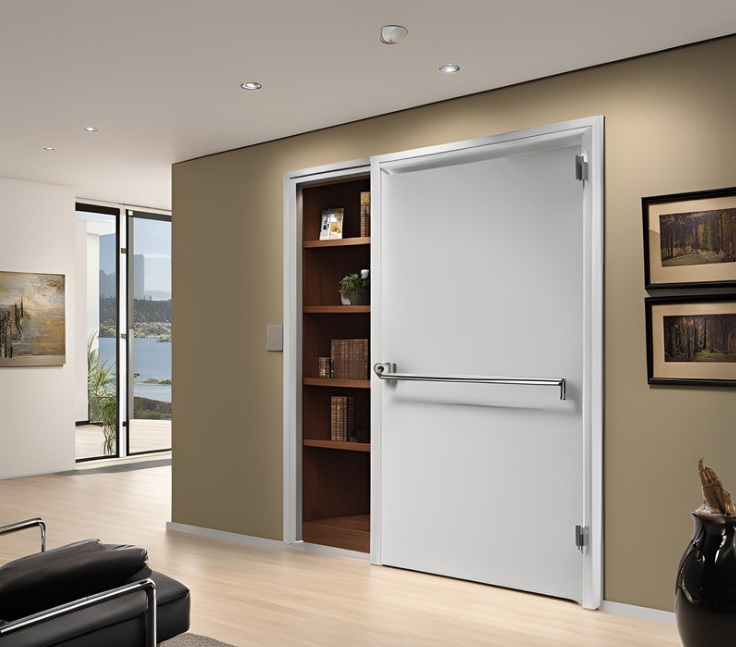Every year, many building owners and facility managers learn the hard way that a failing exterior access door can turn a minor storm into a major disaster. Will you be one of them?
As the NOAA points out, climate change is causing more frequent and powerful weather events, putting outdoor utilities and equipment at risk of damage. Concealing them under or behind sturdy barriers like exterior access doors offers a great defense.
In this article, let’s explore how these doors protect a building and its contents and provide long-term benefits.
What Is an Exterior Access Door?
An exterior access door is an entryway installed outside a building to protect utilities, equipment, and storage areas while providing convenient access points for maintenance and inspection. It is an important feature of residential, commercial, and industrial structures.
Due to the increasing popularity of exterior access doors, the market now offers several types. These include the following:
- Airtight/Watertight Exterior Access Doors: Buildings located in areas that experience frequent flooding and heavy rainfall will greatly benefit from these exterior access doors. Their gaskets and seals block air and water from passing through.
- Insulated Exterior Access Doors: These access doors help maintain indoor temperature thanks to their thermal barriers and insulating materials.
- Weather-Resistant Exterior Access Doors: With their corrosion-resistant materials and protective coatings, they offer protection against wind, rain, snow, and extreme temperatures.
The Role of Exterior Access Doors in Protecting Your Building
HVAC units, electrical panels, telecommunication equipment, and plumbing systems are often housed outdoors, making them vulnerable to tempering, theft, and environmental damage.
Since most of these building components can cost tens of thousands to replace, protecting them is necessary. Fortunately, exterior access doors offer a solution, and here’s how they help:
Barrier Against the Elements
Extreme weather events are becoming increasingly common. According to the latest Value Penguin study, these events caused $121.4 billion in property damage between 2017 and 2021. Even a simple rainstorm can also cause water, wind, and structural damage.
High-quality exterior access doors can act as a barrier against these elements, protecting the equipment or systems concealed underneath or behind them. Their weathers tripping and drainage channels can effectively keep water out. Furthermore, their durable panels and seals can block dust and debris that could damage sensitive equipment.
Temperature Regulation
Modern exterior access doors feature the latest insulation technologies that maintain stable interior temperatures, regardless of outdoor conditions.
With these door’s insulation and proper maintenance, the U.S. Department of Agency estimates that people can reduce HVAC energy consumption from 20% to 50%. This lowers utility bills and contributes to more efficient building operations.
Security and Durability
Well-constructed exterior access doors provide an added layer of security to buildings. These access doors are resistant to forced entry and can deter potential intruders. Durable exterior access doors are also built to withstand daily use, providing long-lasting protection for residential, commercial, and industrial facilities.
Key Features of Weatherproof Exterior Access Doors
Knowing the technical features that make exterior access doors weatherproof is important for making informed decisions. Here are the key elements that ensure optimal performance:
Material Composition
High-quality weatherproof exterior access doors use strong metals like galvanized steel and aluminum. Many manufacturers also add zinc-aluminum alloy coatings, which can increase corrosion resistance by up to 400% compared to traditional galvanized steel.
Sealing Mechanisms
Advanced weatherproof doors feature multi-point compression seals and EPDM rubber gaskets that maintain their flexibility across extreme temperature ranges (-40°F to 212°F).
The gasket system creates a seal around the door’s entire perimeter. Many models also include dual-durometer seals, combining soft and hard rubber components for optimal compression and longevity.
UV and Temperature Resistance
Since they’re installed outdoors, these access doors are also exposed to UV radiation and extreme temperatures. Some models have UV-resistant powder coatings with specialized additives that reflect up to 85% of solar radiation.
Their insulated cores, typically featuring polyurethane foam, provide excellent thermal protection while preventing condensation and heat transfer.
Long-Term Benefits of Weatherproof Exterior Access Doors
Investing in high-quality, weather proof exterior access doors offers many long-term benefits. Here are the advantages that make them a smart choice:
Cost Savings
The U.S. Department of Agency reports that the average American wastes $200 to $400 annually due to air leaks around openings like access doors. Weatherproof doors can reduce energy costs by minimizing heat loss and air infiltration.
They help maintain a consistent indoor temperature, lowering heating and cooling bills. Since these doors are durable, costly repairs and replacements won’t be an issue.
Enhanced Property Value
Weatherproof exterior access doors contribute to the overall value of your property. Energy-efficient and durable building components are highly sought-after by buyers and renters. By investing in high-quality doors, you can increase your property’s market value.
Increased Longevity
With proper maintenance, exterior access doors can last for several years. Their durability ensures consistent performance and protection, minimizing the need for replacements and repairs.




